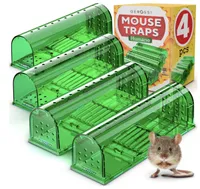How to get rid of mice in your garage — and keep them out for good
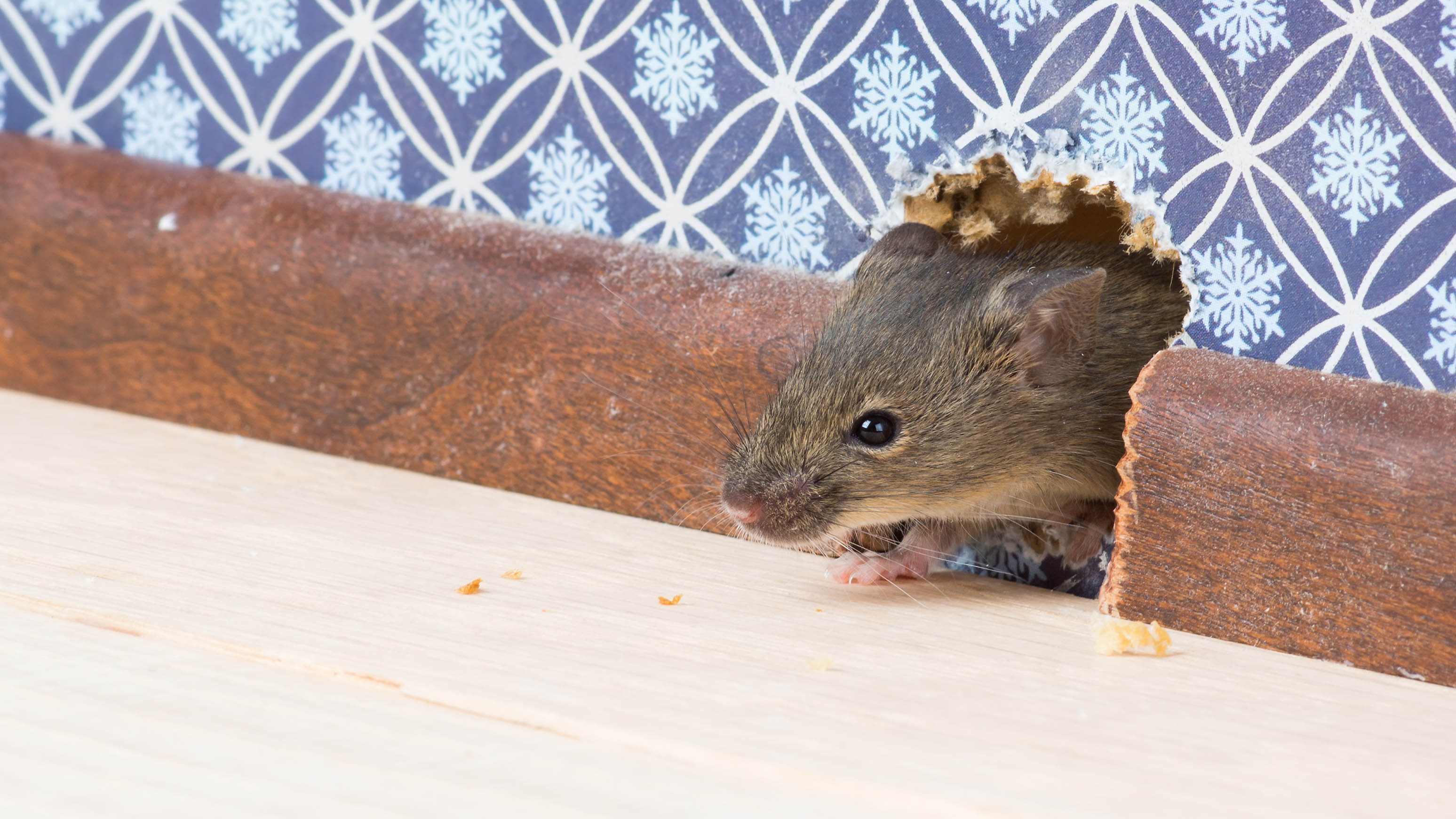
Finding mouse droppings in your garage or hearing scratching sounds in the walls isn't just annoying — it's a sign that you need to act fast. Mice in your home multiply quickly and can cause serious damage to stored items, wiring, and insulation if left unchecked.
Garages make perfect mouse habitats because they offer shelter, warmth, and easy access to food sources. The combination of stored boxes, seasonal decorations, and pet food creates an ideal environment for these persistent rodents.
Whether you're dealing with a full-blown mouse infestation or just noticing early signs of a mouse problem, the right approach makes all the difference. These five proven steps will help you reclaim your garage from unwanted rodents using methods that actually work long-term, not just temporary fixes.
1. Seal every possible entry point
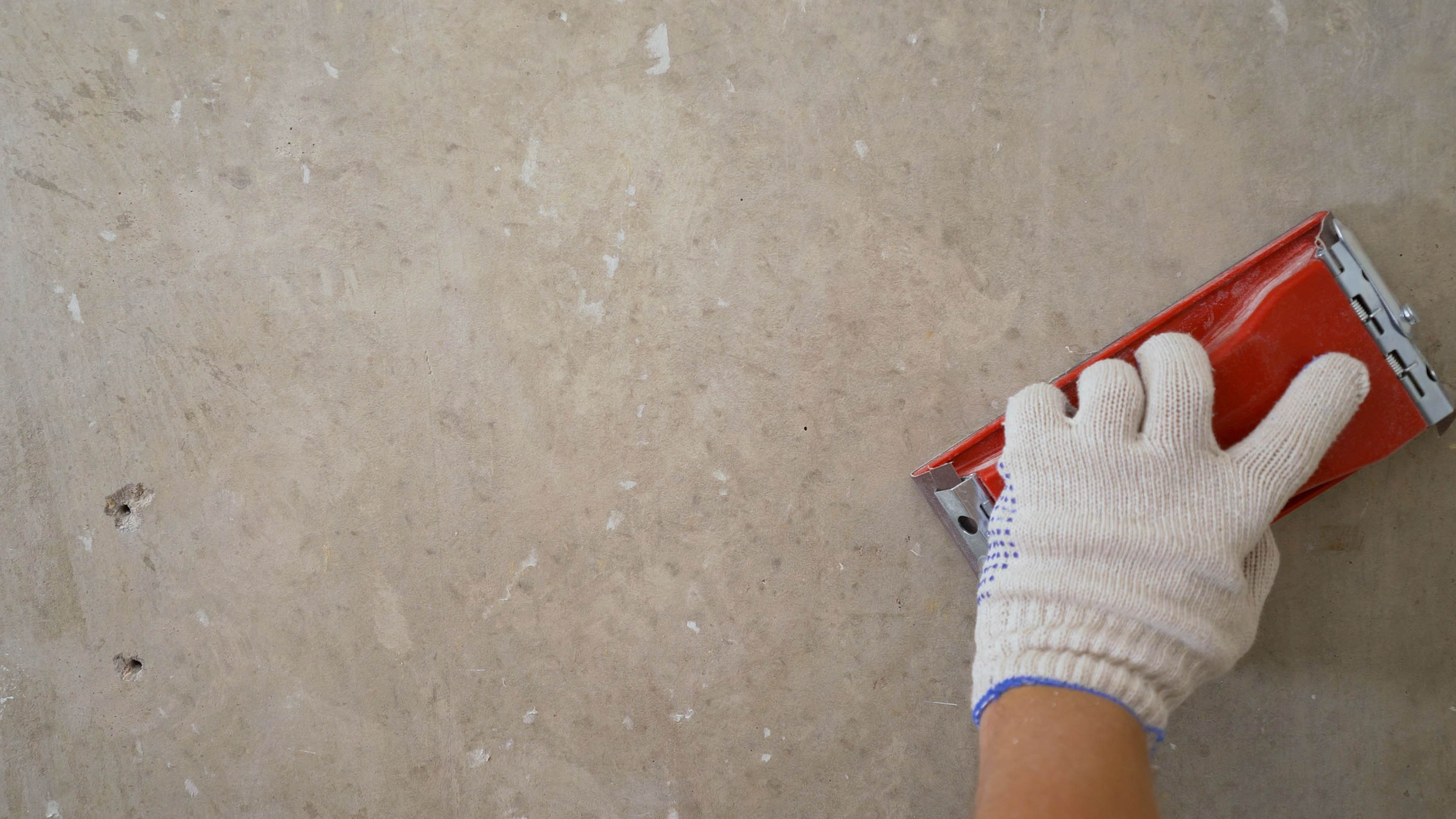
Mice can squeeze through openings as small as a dime, which means even tiny gaps around your garage door, windows, or utility lines can serve as highways for rodents. Start by examining your garage thoroughly in daylight, looking for any cracks, holes, or gaps.
Common entry points include spaces under garage doors, gaps around pipes and electrical conduits, cracks in foundation walls, and openings where siding meets the foundation. Use steel wool to stuff larger holes before sealing with caulk or expanding foam — mice can't chew through steel wool like they can with other materials.
For gaps under garage doors, install door sweeps or threshold seals. These inexpensive additions create a tight seal that keeps mice out while still allowing the door to function normally. Pay special attention to corners where mice often find the easiest access.
And don't forget to check around windows, vents, and any other openings. Even small cracks can become mouse superhighways, so thorough sealing is essential for long-term success
2. Remove food sources and nesting materials
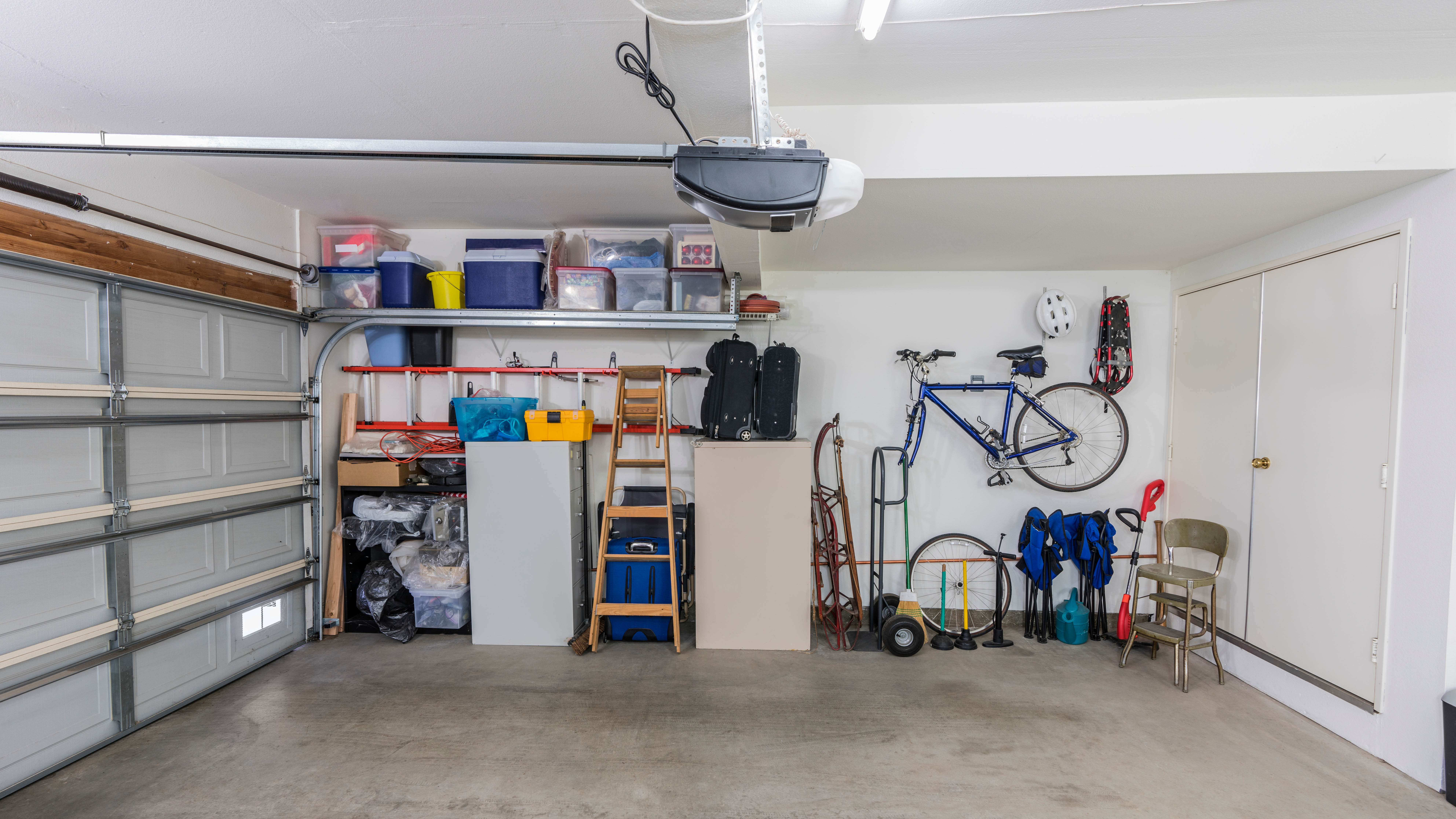
Mice are opportunistic feeders who will take advantage of any available food source in your garage. Pet food, birdseed, grass seed, and even items stored in cardboard boxes can attract and sustain mouse populations.
Store all potential food sources in sealed metal or thick plastic containers that mice can't chew through. This includes pet food, lawn and garden supplies, and anything edible you might keep in the garage. Cardboard boxes are essentially mouse condos — they provide both food and nesting material.
Clear away clutter that provides nesting opportunities. Mice love to nest in piles of old newspapers, fabric scraps, insulation, and stored seasonal items. Organize storage areas and use sealed plastic bins instead of cardboard boxes whenever possible.
Keep your garage clean by sweeping regularly and cleaning up any food spills immediately. Even small crumbs can sustain mice and encourage them to stick around.
3. Set traps strategically for maximum effectiveness
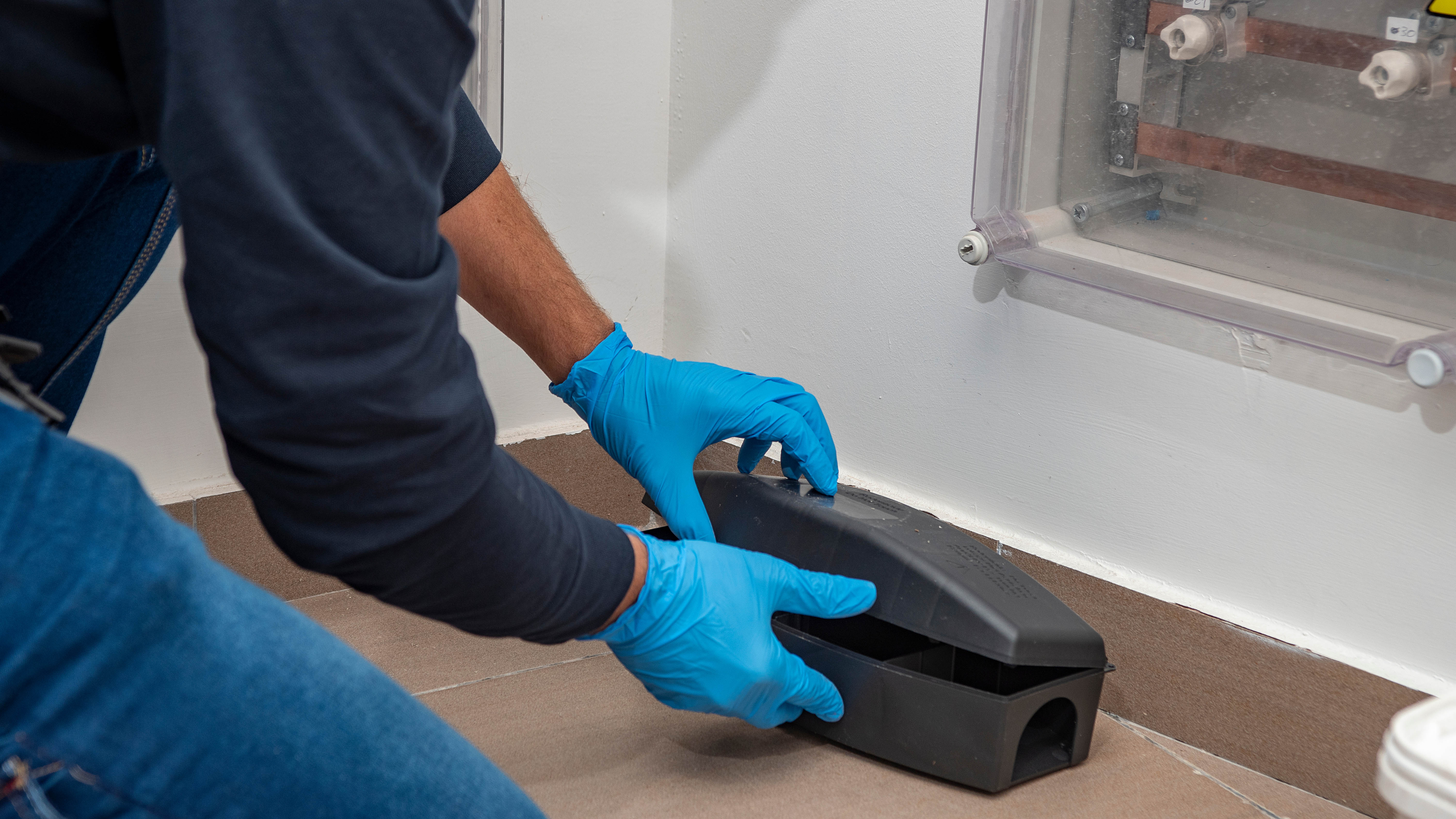
Even after you remove potential attractants, mice may still inhabit your garage. Employing humane live traps enables you to clear them out safely and avoid harming creatures.
Bait each trap with irresistible foods such as nuts, seeds or peanut butter. Position the traps flush against walls, with the entrance facing perpendicular to surface, since mice tend to scurry along edges. Focus on areas showing signs of activity, including droppings or gnaw damage.
Inspect traps a minimum of twice per day to reduce stress on captured rodents. When a mouse is caught, transport it at least two miles away before releasing, ensuring it cannot quickly return.
For a more passive approach, consider one-way excluder doors that allow mice to exit but prevent re-entry. Install these devices at known exit points while ensuring all other entry points are sealed.
After each use, clean and rebait traps, then continue monitoring until no further captures or signs appear. Though it may require persistence, humane approaches deliver effective pest removal without compromising wildlife welfare.
Catch mice in your home with this 4-pack of humane 'catch and release' traps. Designed to catch mice without harming them for them to be released back into the wild. These pet-friendly traps are easy to clean, contain a removable bait case and are reusable.
4. Use natural deterrents to discourage return visits

While traps handle immediate problems, natural deterrents can help prevent future infestations. Mice dislike strong scents, particularly peppermint oil, which interferes with their ability to communicate through scent markers.
Soak cotton balls in peppermint oil and place them around your garage, focusing on entry points and areas where you've seen mouse activity. Replace these every few weeks as the scent fades. You can also spray peppermint oil solution around the perimeter of your garage.
Ultrasonic repellent devices can provide additional deterrence, though their effectiveness varies. Place them in open areas where sound waves won't be blocked by stored items. These work best as part of a comprehensive approach rather than standalone solutions.
Keep cats around if possible — even the scent of a cat can deter mice from settling in your garage.
5. Maintain ongoing prevention habits
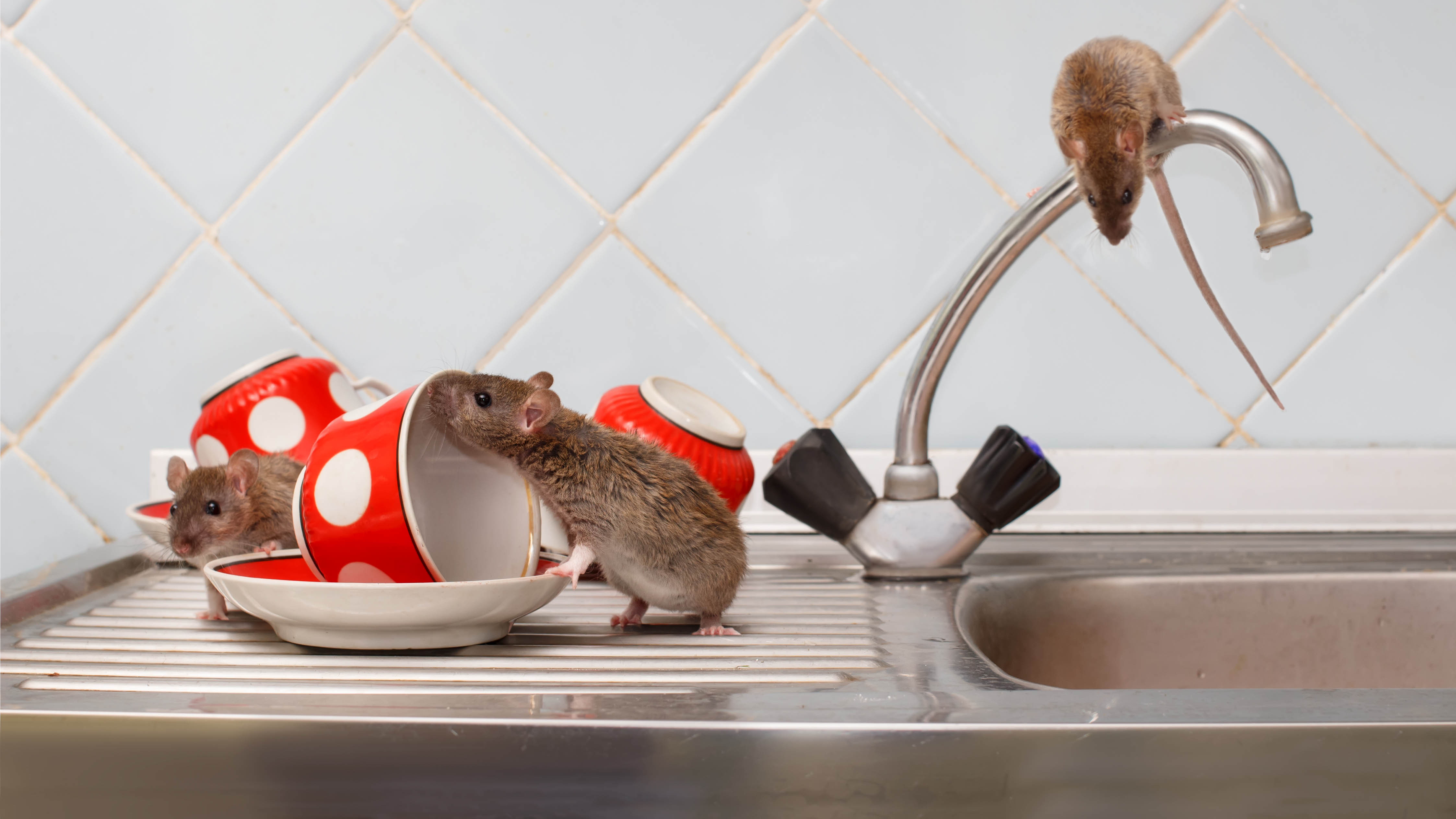
Getting rid of mice is only half the battle — keeping them out requires consistent maintenance. Inspect your garage monthly for new entry points, especially after severe weather that might have created new cracks or gaps.
Continue storing food and nesting materials in sealed containers. This single habit eliminates the primary reasons mice choose to inhabit garages in the first place. Make it a rule that nothing edible goes in your garage unless it's in a mouse-proof container.
Keep your garage organized and clutter-free. The less hiding places and nesting opportunities you provide, the less attractive your garage becomes to potential invaders. Regular cleaning and organization also help you spot signs of mouse activity early.
Monitor for signs of mouse return, including droppings, chewed materials, or scratching sounds. Catching new infestations early makes elimination much easier than dealing with established colonies.
Now you've learned the five proven steps to get rid of mice in your garage, why not take a look at our other useful guides?
Consider making your outdoor space more wildlife-friendly with 7 tips for attracting more hummingbirds into your yard and how to make your grass greener than ever — 9 lawn tips that work.
If you want to make your cut flowers last longer and look better, here's 5 tips for beautiful blooms.
More from Tom's Guide
- 3 telltale signs your Keurig needs descaling
- Don't let spider mites kill your houseplants — 5 tips for plant owners
- 5 hard-to-clean areas your old electric toothbrush was made for
Get instant access to breaking news, the hottest reviews, great deals and helpful tips.

Kaycee is Tom's Guide's How-To Editor, known for tutorials that skip the fluff and get straight to what works. She writes across AI, homes, phones, and everything in between — because life doesn't stick to categories and neither should good advice. With years of experience in tech and content creation, she's built her reputation on turning complicated subjects into straightforward solutions. Kaycee is also an award-winning poet and co-editor at Fox and Star Books. Her debut collection is published by Bloodaxe, with a second book in the works.
You must confirm your public display name before commenting
Please logout and then login again, you will then be prompted to enter your display name.
